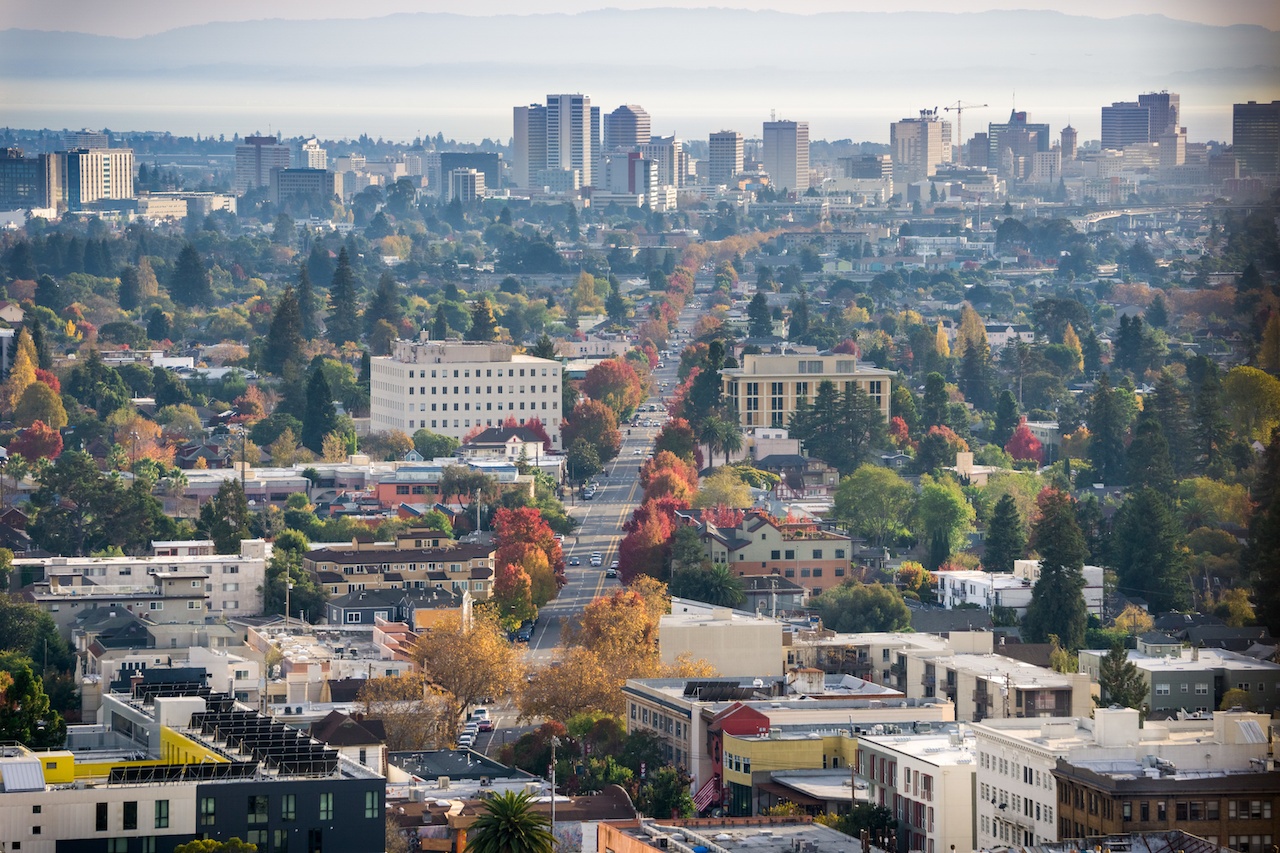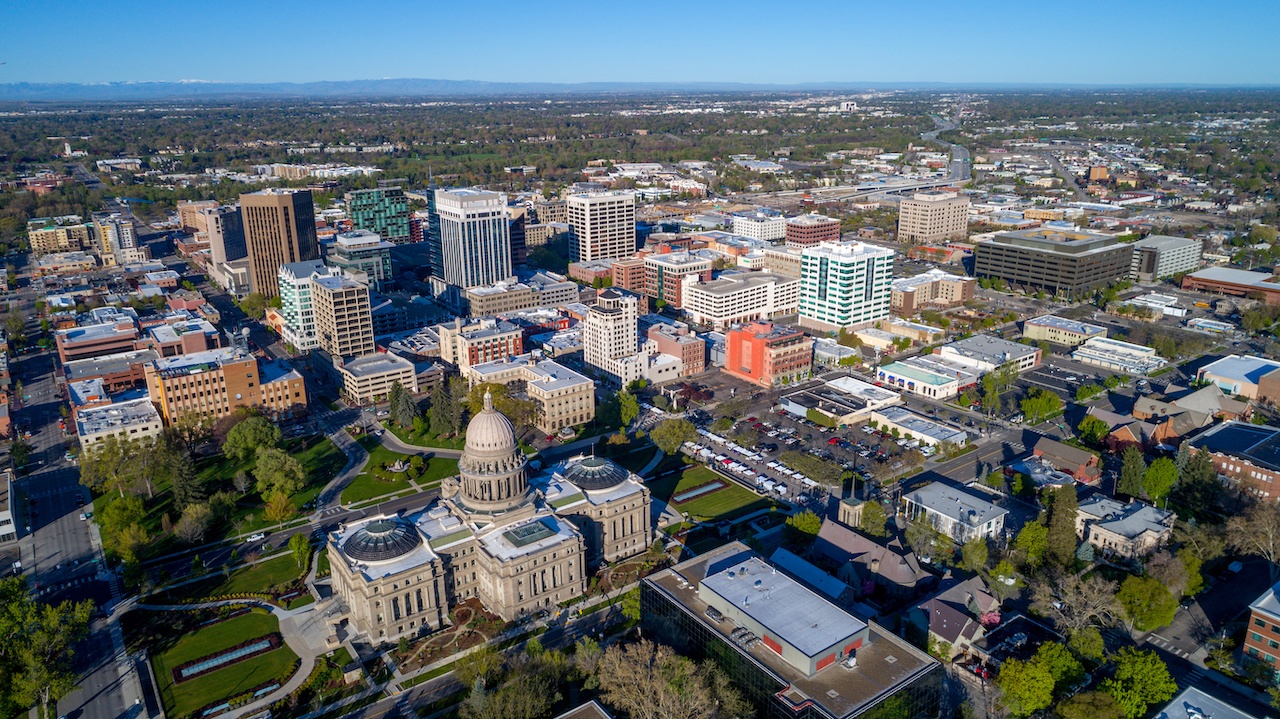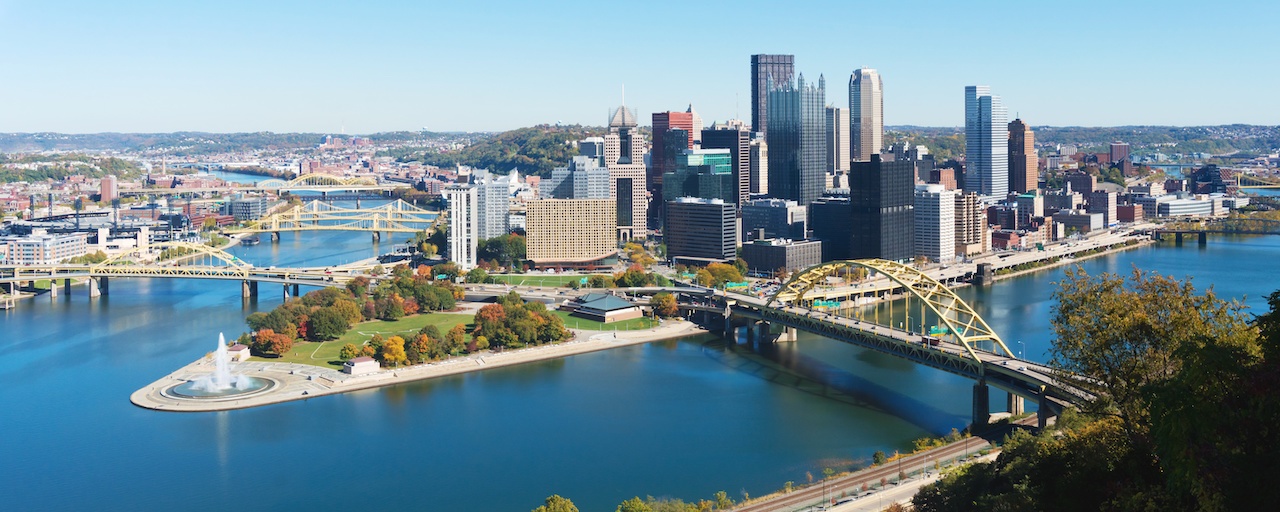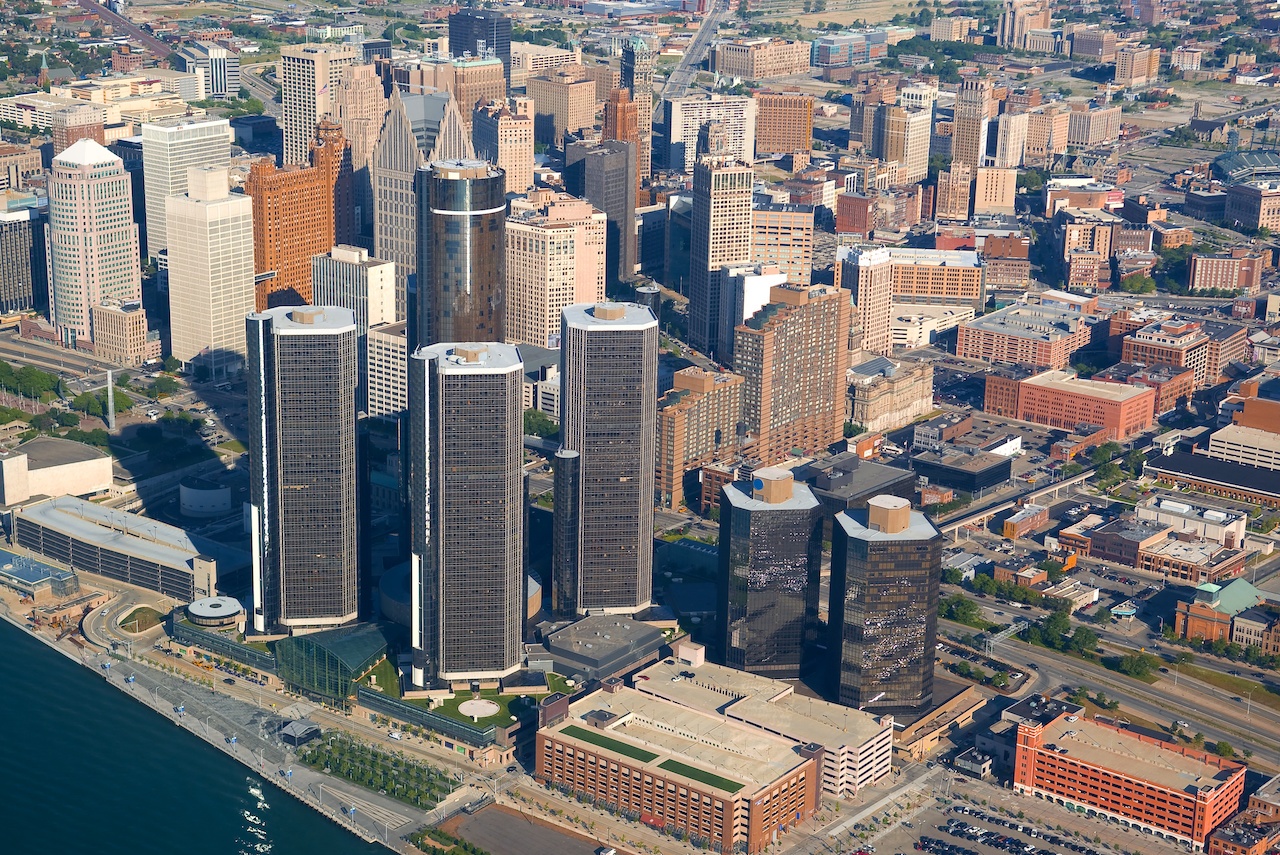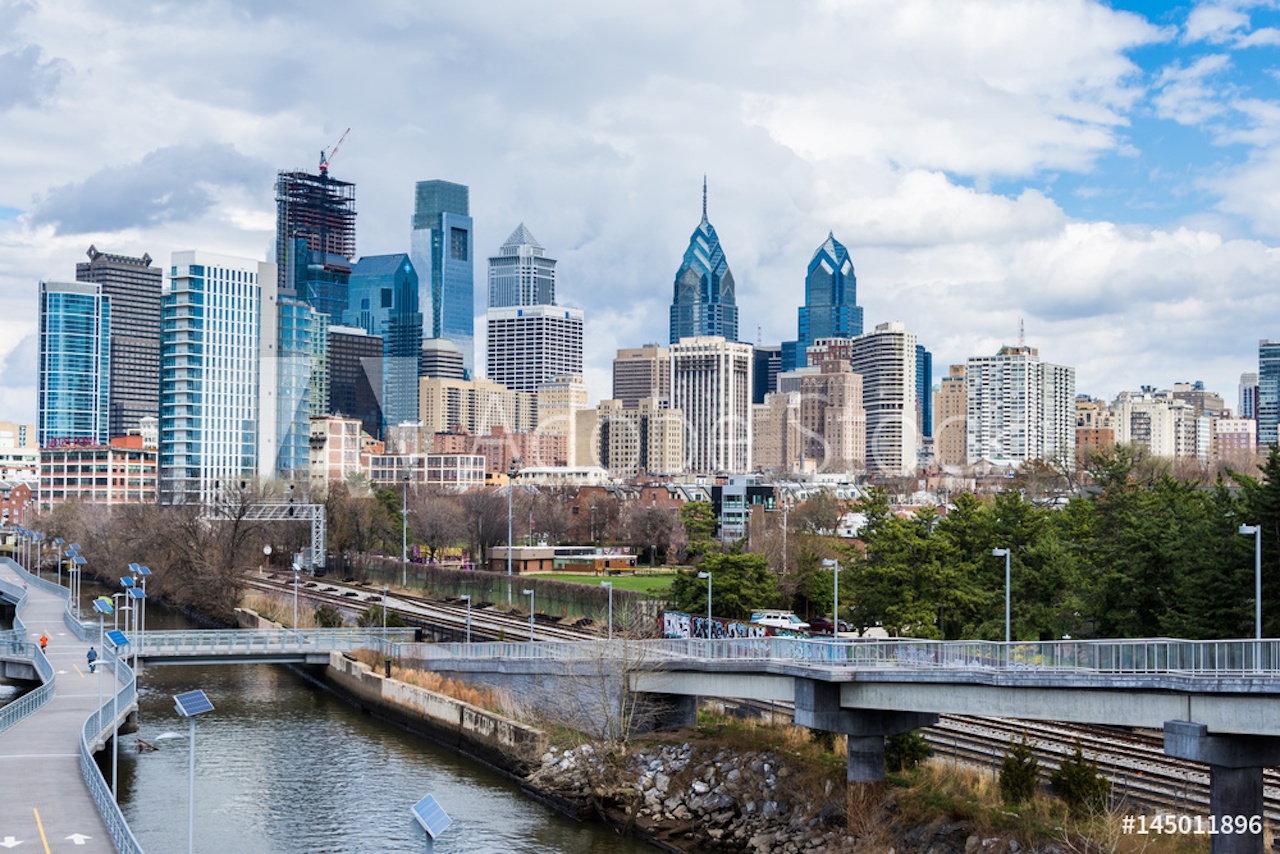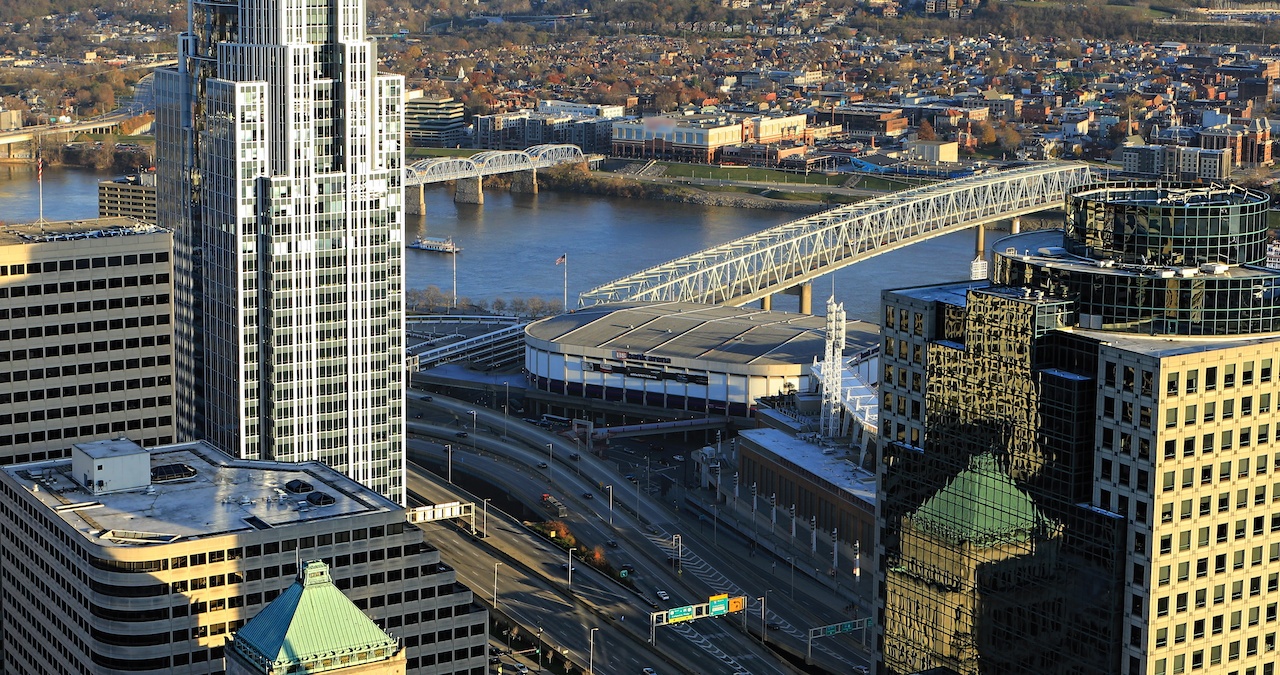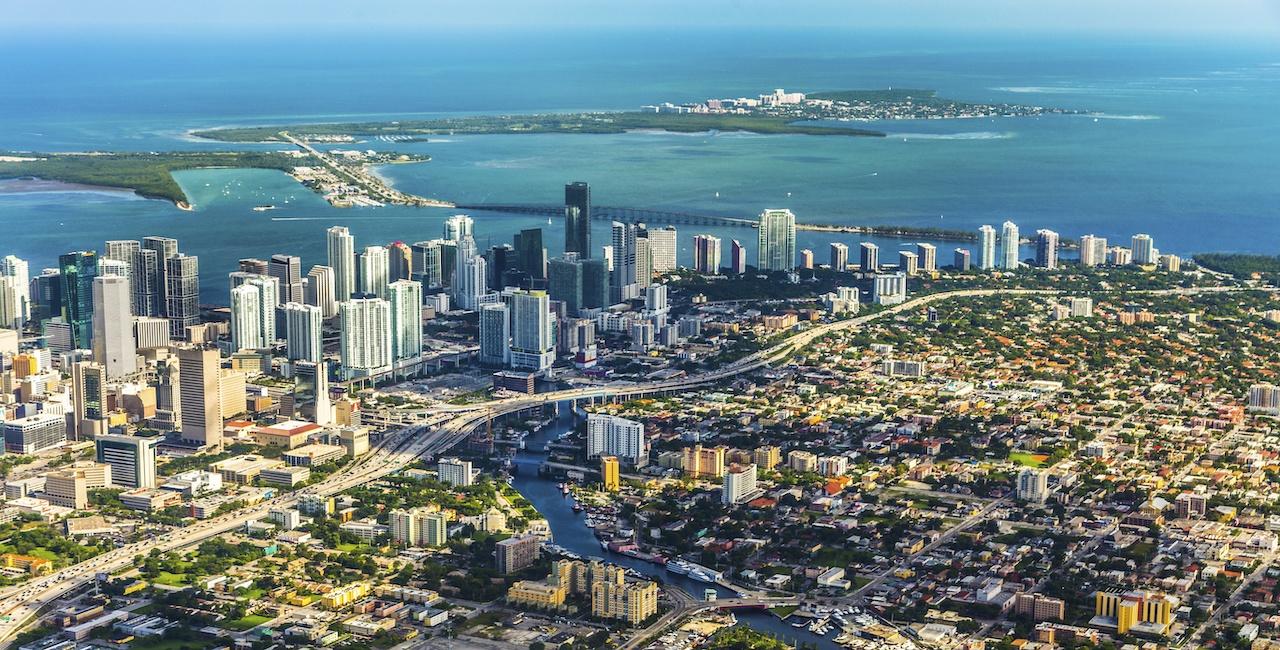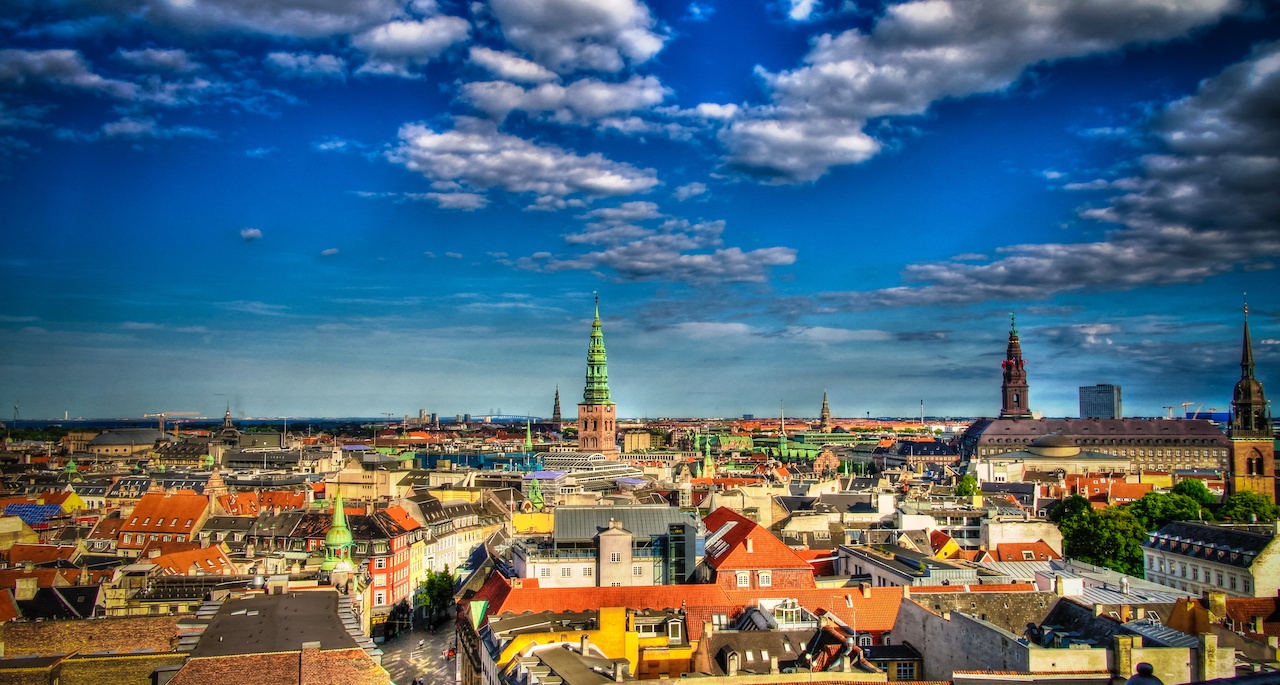Governance
A broad category of content focused on governance in cities.
Examples: Urban policy, justice, municipal services
The Smart City is Enabled and Sustained by Trust
For city residents and businesses, trust is closely aligned with outcomes. When a city creates services that consistently provide the outcomes residents and others expect and rely on, at a fair cost, then a sense of trust is earned and reinforced. Residents expect that the bus service gets them to work and back home safely and on time everyday. When that occurs consistently, they will trust and rely on the bus as their main commute choice.
4 Keys to Improving Safety for Urban Bikers & Pedestrians
For many people, the deciding factor in whether to walk or bike isn’t whether there is one really awesome stretch of bike lane or sidewalk on the trip – instead, it is the least safe link in their journey. If we want families, kids, and normal, death-averse people to bike and walk, we need to think about how to design crossings so that people can safely and conveniently get from any area of town to any other.
How & Why to Create a Culture of Innovation in Transportation Agencies
Though there are many critical factors in creating and sustaining a culture of innovation, leadership has emerged as perhaps the most critical. A change of administration or staff turnover is one of the most common reasons for why these initiatives end. Therefore, it is important to take the politics out of innovation by ensuring that champions are not all political appointees or nearing retirement.
Smart Procurement for Smart Cities
Because Smart City is not only a prestigious label but also a way of thinking, US cities and local governments are reshaping the lines of the public-private partnerships to drive innovation; adding modularity, experiments and collaborative tools to their toolkit for procurement.
Decision Making Strategies for Urban Adaptation
To allow city managers to ‘see’ how social, physical and demographic vulnerability is distributed across their city, the UAA provides data at the level of the neighborhood, using census tract data. For each census tract, we provide demographic data on medium household income and ethnic or cultural representation; we allow the user to then overlay aspects of the city’s built environment and social vulnerabilities at that census tract, such as single mothers, access to vehicles, housing instability, building age or infrastructural conditions.
Why Inclusive Design Matters
Whether we realize it or not, the design process decides who benefits, who participates, and who counts. When that process is intended to be inclusive of everyone in society, we get places that welcome all, products that work for everyone, and services and systems that benefit each of us.
Certified Sustainability Zones and Why We Need Them
In order to encourage municipalities and other political domains to reform the prevailing ways in which they assess their own performance, we created the Certified Sustainability Zone (CSZ) program. As explained on our website, a CSZ is a town, city or other political domain that has been formally recognized for its commitment to sustainability and its inhabitants’ use of cutting-edge, triple-bottom-line accounting tools – context-based tools, in particular.
Bringing a Human Dimension to Public Transit Planning & Equity in Mobility
Look at how many cities rely on rail systems conceived and constructed a century or more ago. How many of our highways were planned and built a half-century ago? These systems continue to serve societies that are profoundly different from whatever their designers could imagine; societies full of human beings who live their lives in ways that were beyond the minds of the planners at the time.
Zoning for Mass Transit: The Case of Miami-Dade County’s Rapid Transit Zone
New high-rises may be great for ridership and for their future residents, but future residents don’t vote, and they don’t show up to zoning hearings. High-rises are often not so great for the residents of nearby single-family homes – those facing the prospect of towers casting shadows over their yards, thousands of new neighbors, and—gulp—more traffic. And those current residents do vote, and they do show up to zoning hearings.
Copenhagen: Designing for a Changing Climate and a Better City
The focus on the co-benefits of adaptation has proved to be important. Demonstrating that adaptation does not need to be only about preventing disaster, but can also improve the livability of the city by creating new recreational spaces, greening the city, and making it a nicer place also when it is not raining has been a key factor in the popularity of the cloudburst management plan.
Smart Cities Predictions for 2019
While 2018 was filled with a number of successful smart city deployments, it also revealed significant challenges that will only intensify in years to come. The most pressing challenge to be addressed throughout 2019 is earning the public’s trust in smart city projects. Towards the end of 2018, we saw major data privacy concerns emerge from citizens. From these concerns a heated, but healthy discourse between citizens, local governments, and private sector companies rose to mainstream media prominence. Citizens’ expectations of privacy have begun to challenge the murky data privacy policies described by many in the private sector. 2019 will be the year of the smart city for the citizen.
3 Lessons from Chula Vista to Help Clarify A Smart City Vision
Collaboration extends beyond City Hall. Unlike a city like New York, where most government functions are under the purview of the municipal government, a city the size of Chula Vista (population 268,000) or smaller has to collaborate with regional partners, such as school districts, hospital districts, water districts, the port district, and neighboring cities. By keeping dialogue open and working together on major projects we’ve opened up new opportunities for economic development, smart cities pilot initiatives and education.


